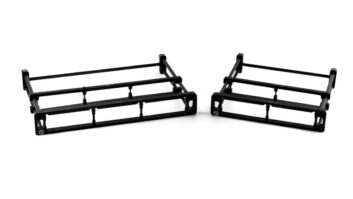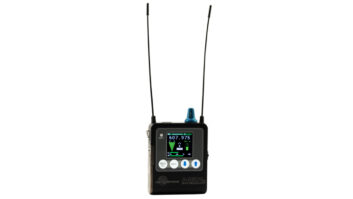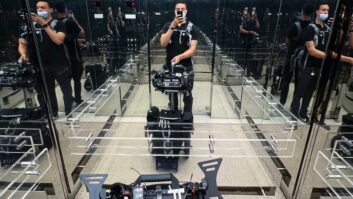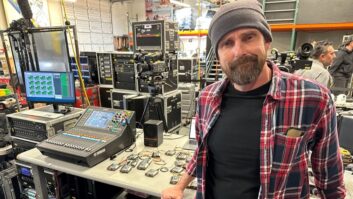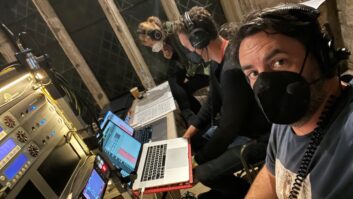Rio Rancho, NM (June 6, 2012)—Discovery Channel’s popular Deadliest Catch pits man against the elements every episode. People are fragile enough but electronics—particularly wireless microphone equipment—is even more susceptible to nature’s fury. With that in mind, Doug Stanley, producer and director of photography for the show has been using Lectrosonics wireless microphone equipment.

“Deadliest Catch portrays the real life events aboard fishing vessels in the Bering Sea during the Alaskan king crab and C. opilio (snow crab) crab fishing seasons,” explained Stanley. “Following the day-to-day activities of the fishermen out on the open seas is never routine production. This is one of the most ferocious environments on Earth for anyone working in audio. Not only do we have to contend with spraying saltwater, we also encounter ice and wind. A typical production season runs for approximately 90 days and, during that time, you simply never know what the gear might end up being subjected to.”
A typical production will include use of Lectrosonics’ MM400 water-resistant miniature beltpack transmitters, UM250C transmitters, and UCR411a compact receivers.
“The MM400s have held up remarkably well in this environment,” he says. “We’ve never experienced any corrosion issues with these transmitters. Usually, the transmitters are worn ‘around the neck’ on a lanyard, so they’re exposed to everything the fisherman encounters. These transmitters—mated with Countryman B6 lavaliere mics housed in a custom-built gooseneck with a protective windscreen that protrudes from inside the fishermen’s coats—enable us to capture the realities of what it’s like working on the open seas.”
Stanley noted surprise at the units’ signal strength. “It’s important to remember that production takes place on a steel ship,” he said. “Though we’re never more than 150 feet away from the transmitter, that transmitter must function reliably in an unusually harsh environment. The signal must pass through steel bulkheads and, yet neither the environment nor the steel ship ever seems to create range or other transmission issues for the Lectrosonics equipment. The gear just keeps on working. The MM400’s are as close to indestructible as you’re likely to find. After a day in the saltwater, we simply rinse them off with fresh water and get ready for the next day.”
Lectrosonics
www.lectrosonics.com
